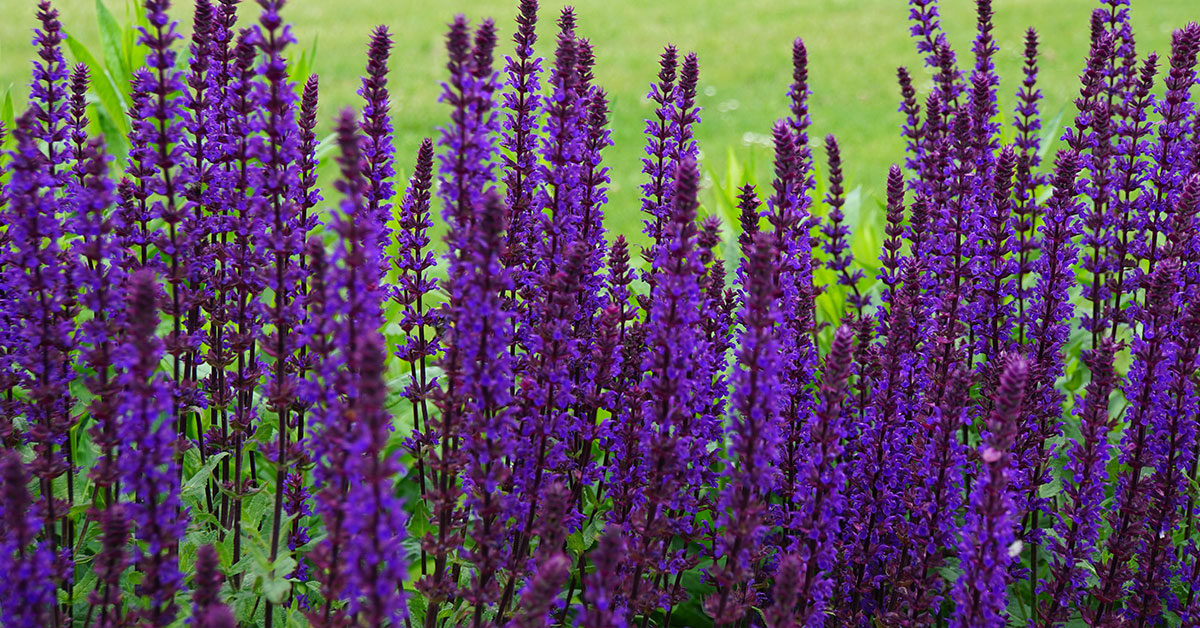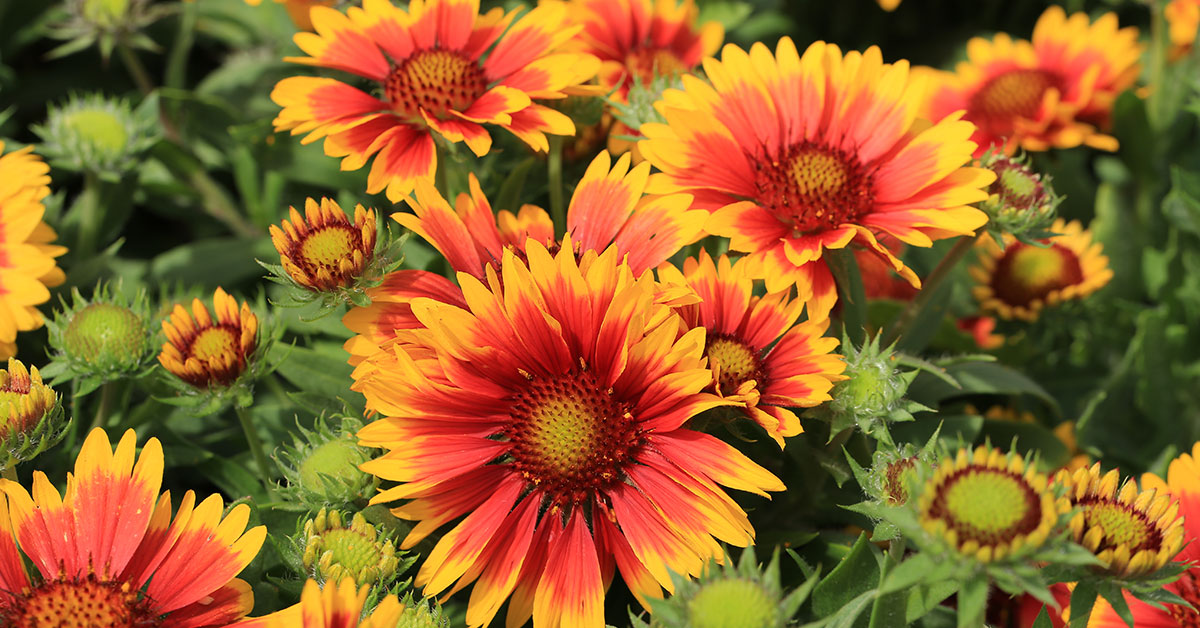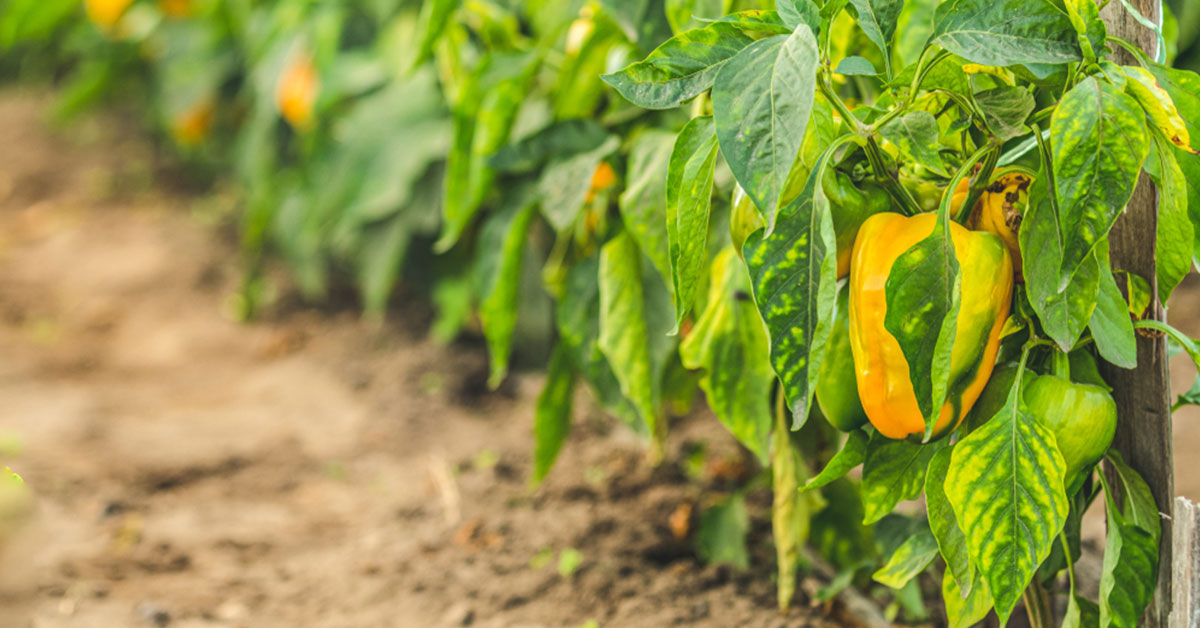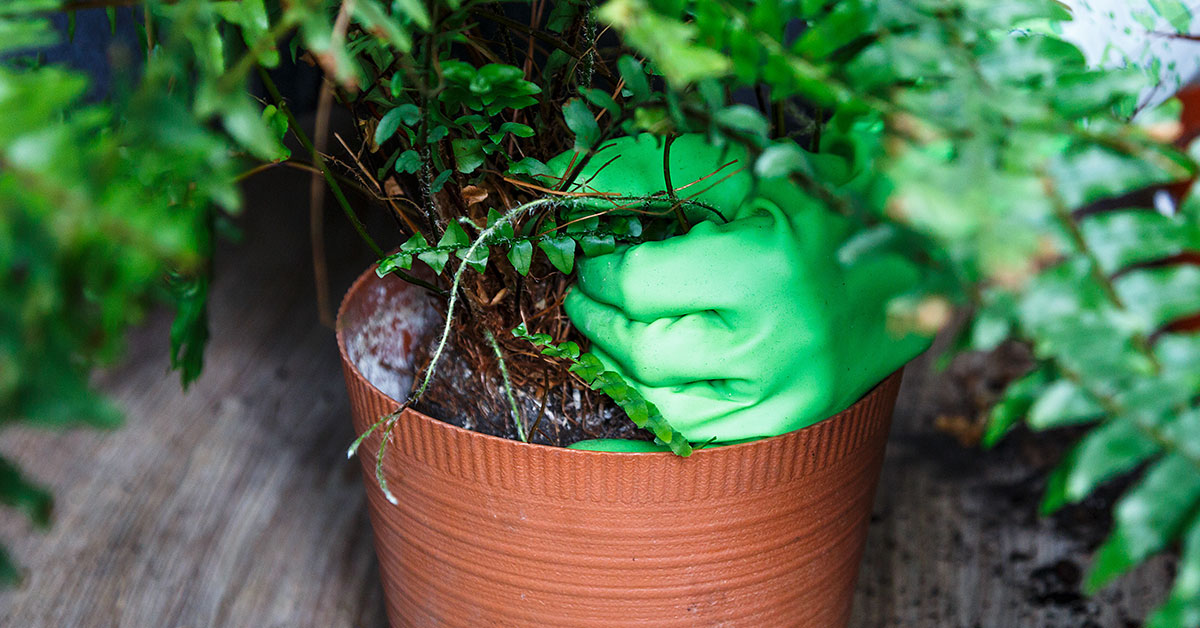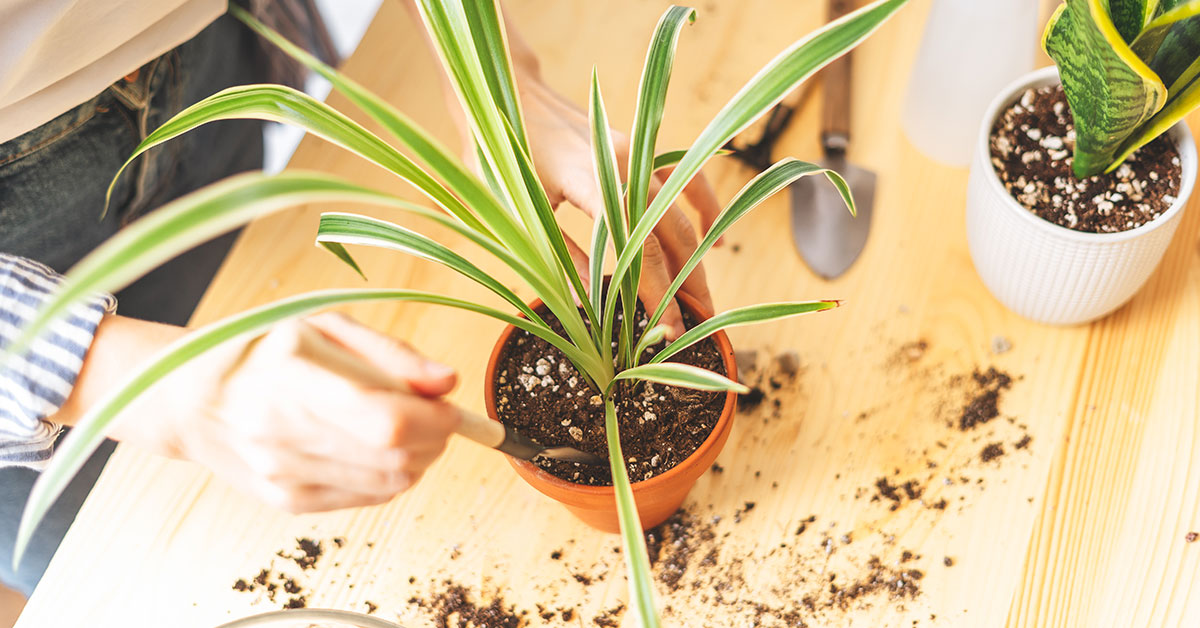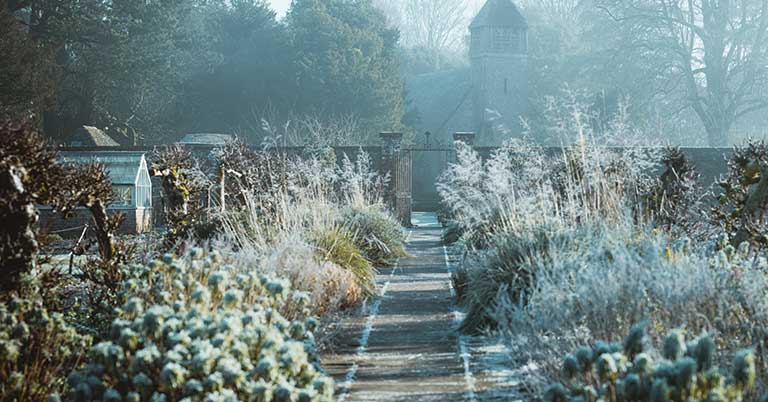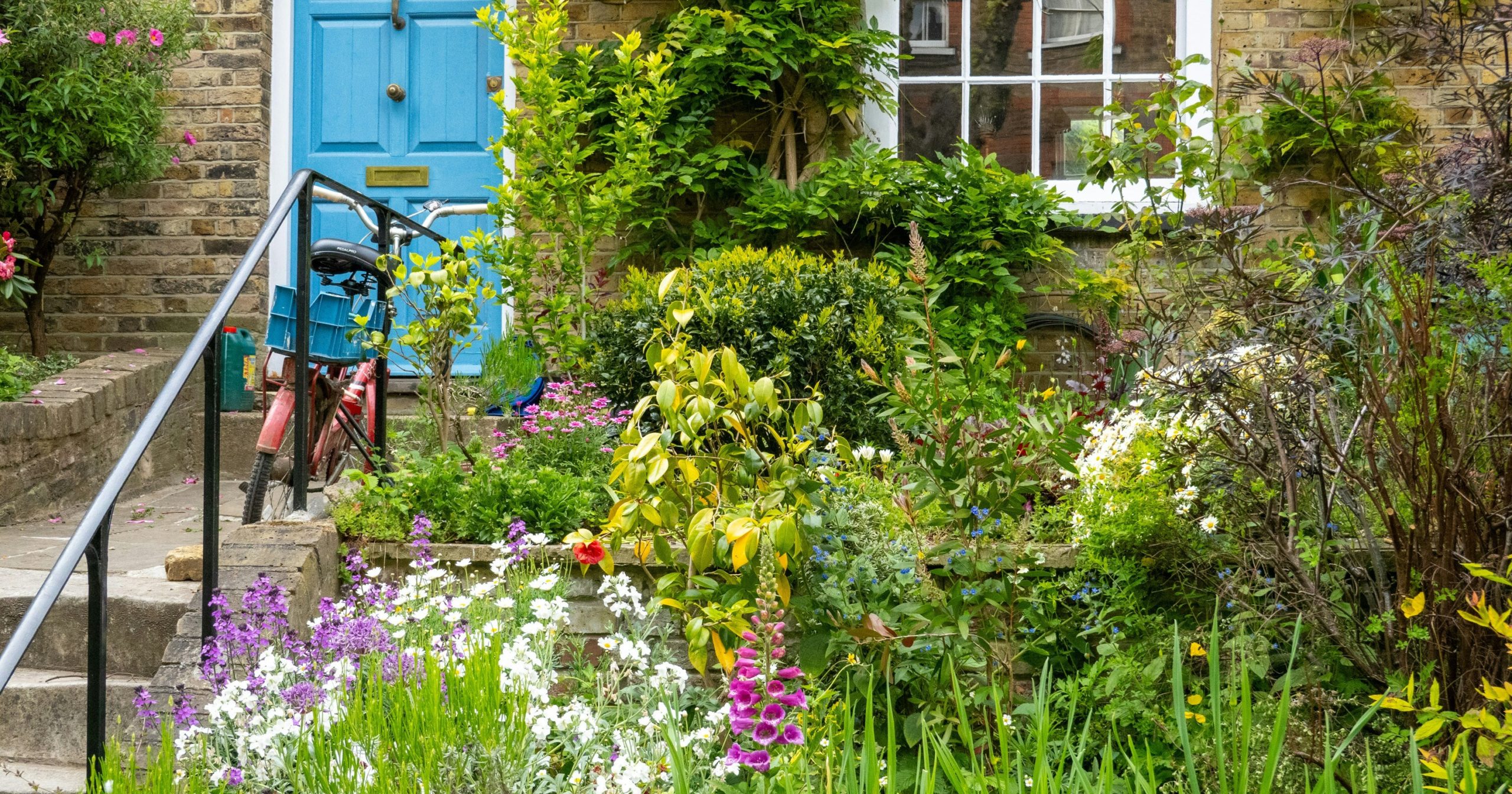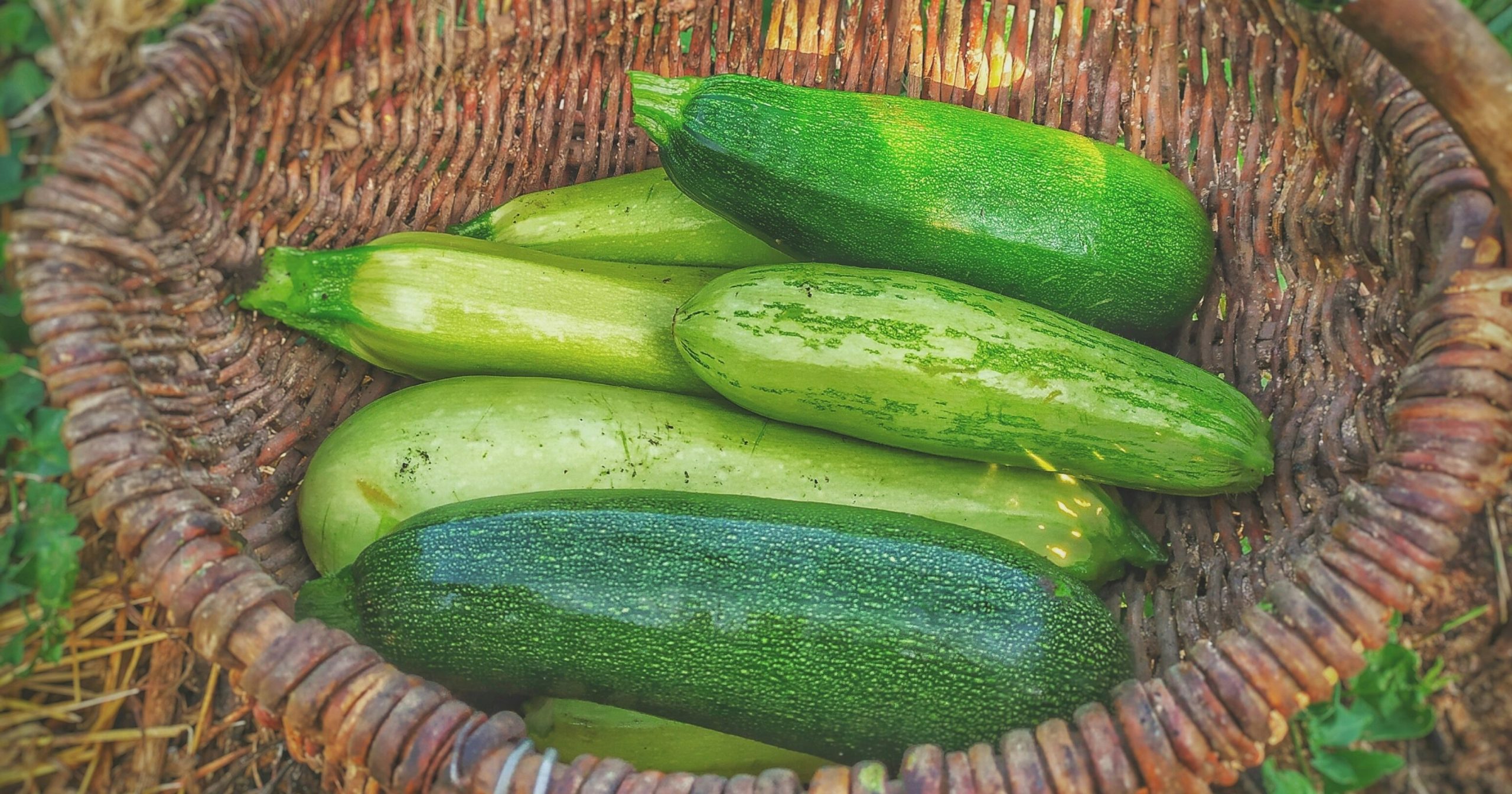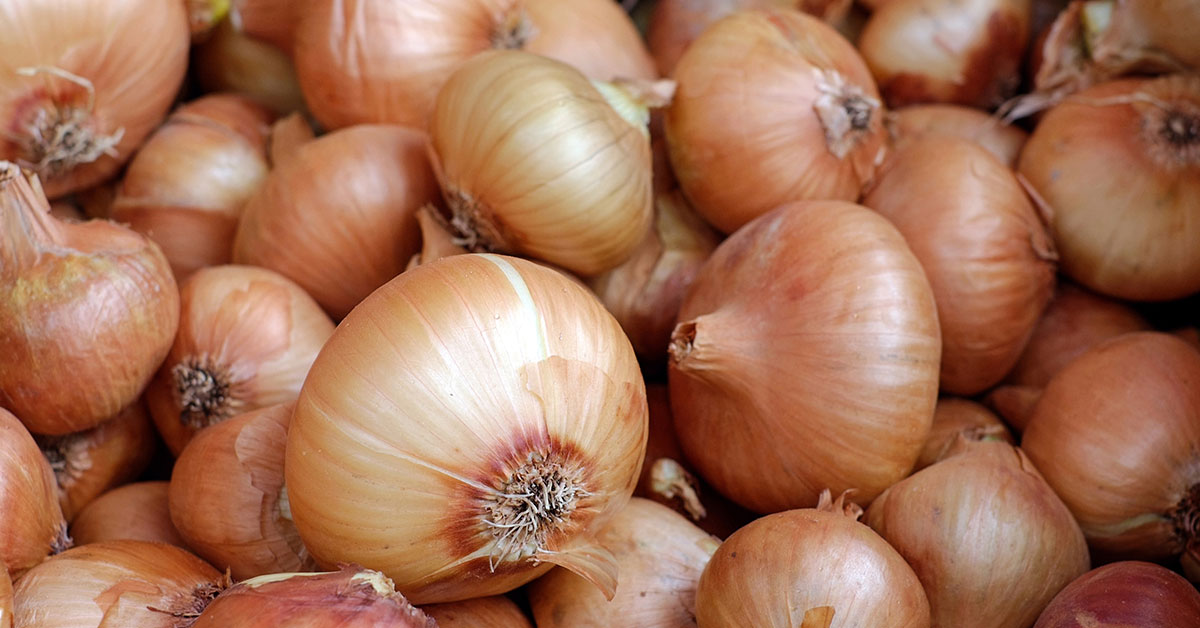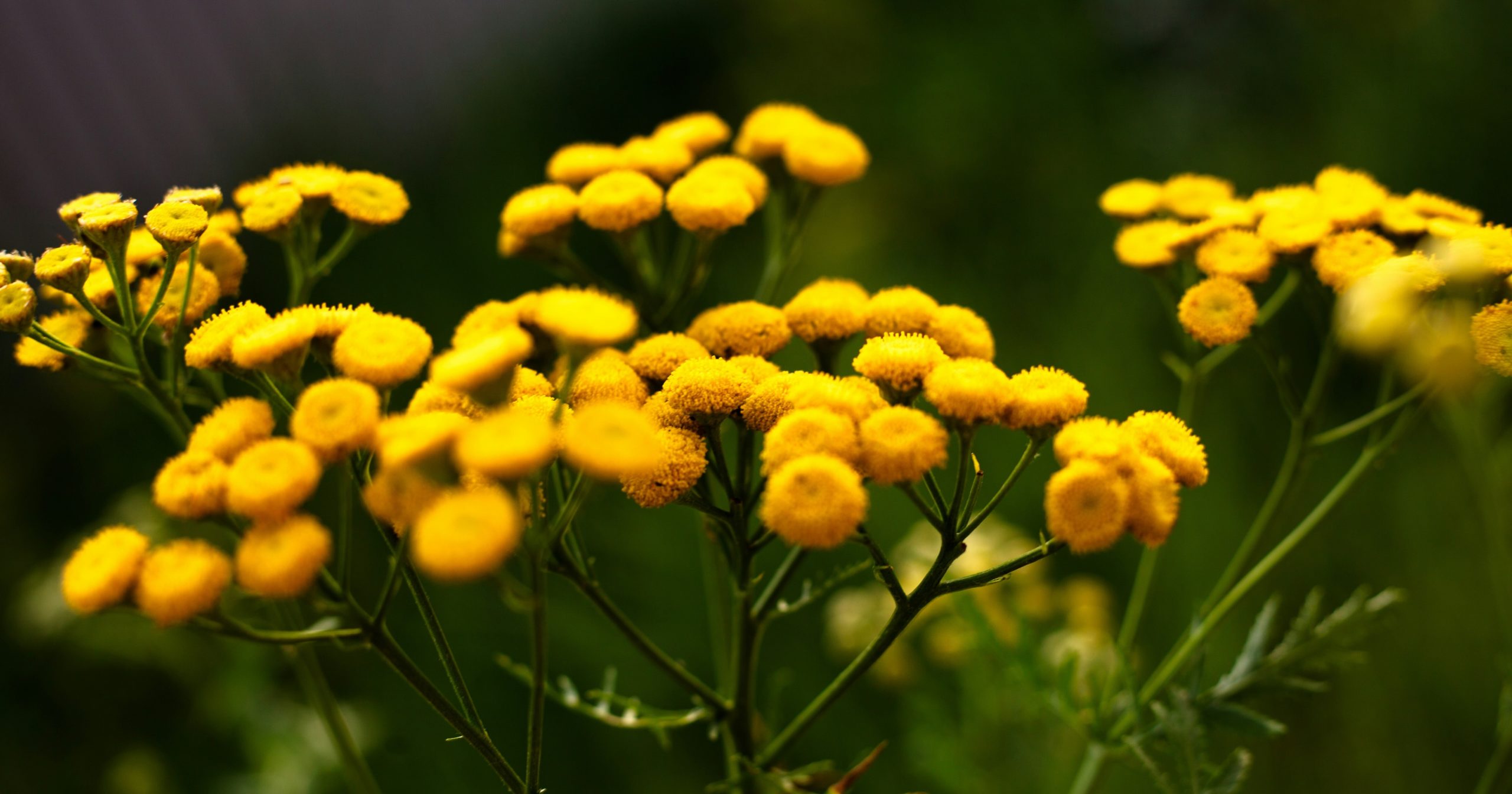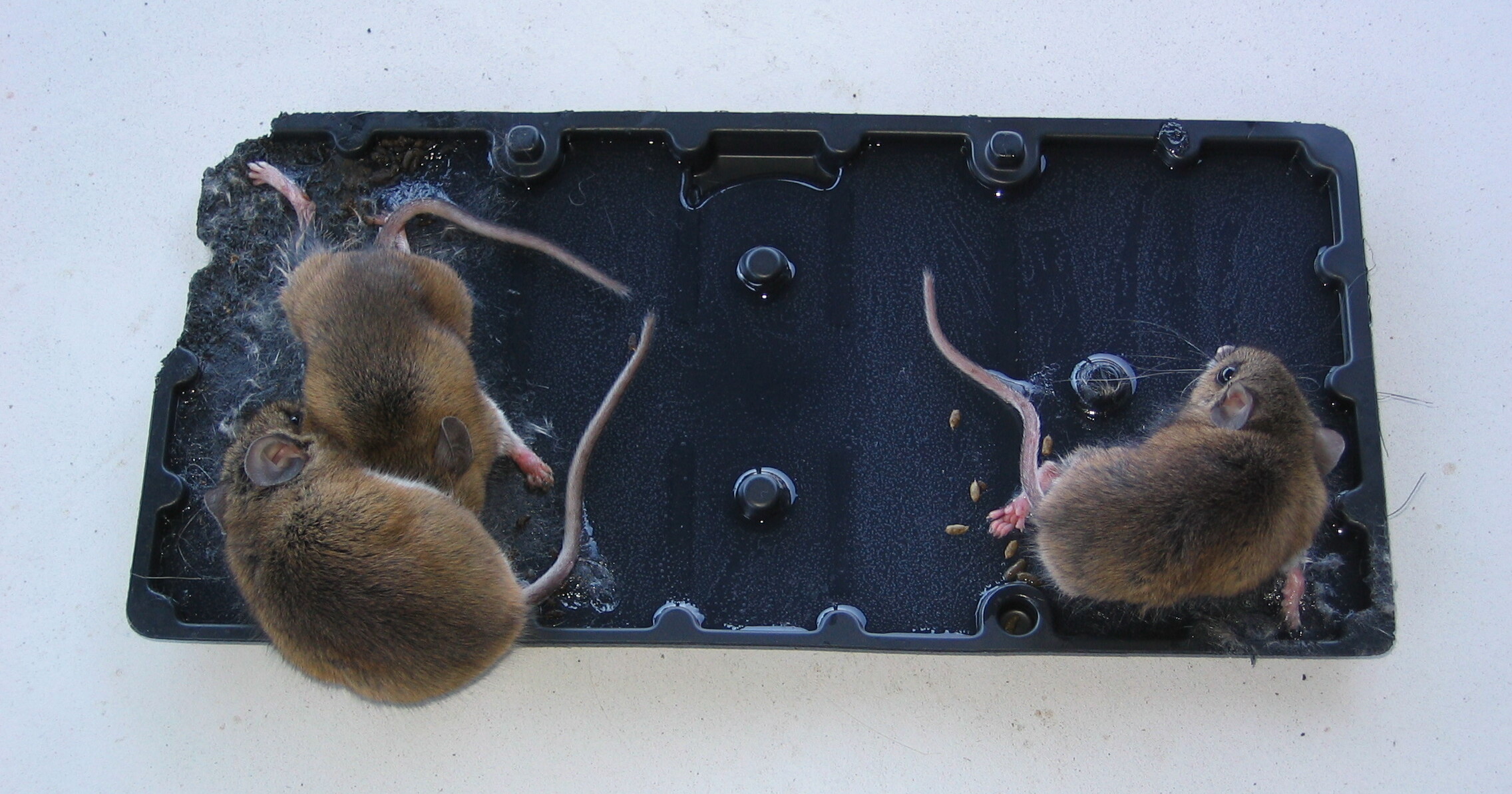Salvia, a genus of flowering plants in the mint family, is known for its vibrant and aromatic blooms that add a burst of color and fragrance to any garden. To ensure the health and vitality of your Salvia plants, choosing the right fertilizer is crucial. The ideal fertilizer for Salvia should provide a balanced blend of essential nutrients, promote strong root development, and enhance overall plant growth and flowering.
In this article, we will explore the various types of fertilizers available for Salvia, their specific nutrient requirements, and the best practices for fertilizing these stunning plants. Whether you are a seasoned gardener or a beginner, this comprehensive guide will help you make informed decisions and achieve remarkable results with your Salvia plants.
Does Salvia need to be fertilized?
Salvia plants can benefit from regular fertilization for optimal growth. Fertilizing Salvia plants can help provide them with essential nutrients that may be lacking in the soil, promoting healthy foliage, abundant blooms, and overall vigor. When it comes to fertilizing Salvia plants, it is important to choose a balanced fertilizer with equal amounts of nitrogen (N), phosphorus (P), and potassium (K). A general-purpose granular fertilizer with an NPK ratio of 10-10-10 or 14-14-14 can work well for Salvia plants.
During the growing season, you can apply fertilizer every 4-6 weeks. Be sure to follow the instructions on the fertilizer packaging for the correct application rate. It is generally recommended to apply the fertilizer around the base of the plant, avoiding direct contact with the foliage. It is also a good practice to water the plants before and after fertilizing to prevent any potential burn to the roots. Additionally, organic fertilizers, such as compost or well-rotted manure, can be used as alternatives to synthetic fertilizers, providing slow-release nutrients to the plants.
Remember to monitor the plants for any signs of nutrient deficiencies or excesses, such as yellowing leaves or stunted growth. Adjust the fertilization schedule or type of fertilizer used accordingly to meet the specific needs of your Salvia plants.
The best fertilizer for Salvia
The best fertilizer for growing Salvia, also known as sage, is a balanced organic fertilizer. Salvia plants prefer a nutrient-rich soil that is well-draining. A balanced fertilizer will provide a mix of essential nutrients, including nitrogen (N), phosphorus (P), and potassium (K), which are necessary for healthy growth and flowering.
When choosing a fertilizer, look for one with an NPK ratio of around 10-10-10 or similar. This means that the fertilizer contains equal parts of nitrogen, phosphorus, and potassium. Additionally, organic fertilizers derived from natural sources, such as compost, fish emulsion, or seaweed extract, are highly recommended for Salvia plants.
It’s important to follow the instructions on the fertilizer packaging for application rates and frequency. Generally, you can apply the fertilizer every 4-6 weeks during the growing season, starting in early spring and continuing until late summer.
Remember to water your Salvia plants thoroughly before and after applying fertilizer to prevent any potential root burn. Also, be mindful not to over-fertilize, as excessive nutrients can lead to weak growth or damage to the plant.
When to fertilize Salvia
The ideal time to fertilize Salvia plants is in the early spring, just as new growth begins to emerge. This is typically around late February to early March, depending on your specific location and climate. Fertilizing at this time will provide the plants with the necessary nutrients to support healthy growth throughout the growing season. Additionally, you can consider applying a slow-release fertilizer during this time, which will gradually release nutrients over a longer period. Remember to follow the instructions on the fertilizer packaging and avoid over-fertilizing, as this can lead to excessive vegetative growth and reduced flowering.
Common issues with fertilizing Salvia
When fertilizing Salvia, there are a few common issues or problems that can arise. These include:
- Over-fertilization: Salvia plants are sensitive to excessive amounts of fertilizer. Over-fertilization can lead to nutrient burn, where the salts in the fertilizer accumulate in the soil and damage the plant’s roots. Symptoms of over-fertilization include yellowing or browning of leaves, wilting, and stunted growth.
- Under-fertilization: On the other hand, if Salvia plants do not receive enough nutrients, they may exhibit slow growth, pale or yellow leaves, and reduced flower production. Under-fertilization can occur if the soil lacks essential nutrients or if the plants are not regularly fed.
- Improper nutrient balance: Salvia plants require a balanced fertilizer that provides a mix of essential nutrients, including nitrogen (N), phosphorus (P), and potassium (K), as well as trace elements. Using a fertilizer with an imbalanced nutrient ratio can lead to deficiencies or excesses of certain nutrients, affecting the overall health and growth of the plant.
- Timing of fertilization: Fertilizing Salvia at the wrong time can also cause issues. It is generally recommended to fertilize Salvia plants in early spring, as they start actively growing. Fertilizing too late in the growing season can stimulate new growth that may not have enough time to harden off before winter, making the plant more susceptible to cold damage.
- Environmental factors: Environmental conditions, such as excessive heat, drought, or poor soil drainage, can impact the effectiveness of fertilization. If the soil is too dry or compacted, the nutrients may not reach the plant’s roots properly, leading to nutrient deficiencies.
To avoid these issues, it is essential to follow the recommended guidelines for fertilizing Salvia, use a balanced fertilizer specifically formulated for flowering plants, and ensure proper watering and soil conditions. Regular monitoring of the plant’s health and adjusting the fertilization regime accordingly can help maintain healthy and vibrant Salvia plants.
